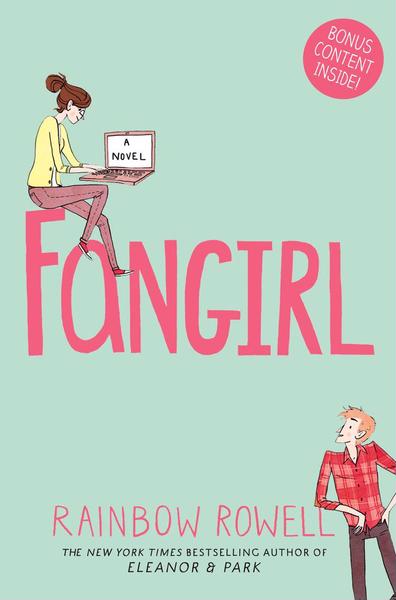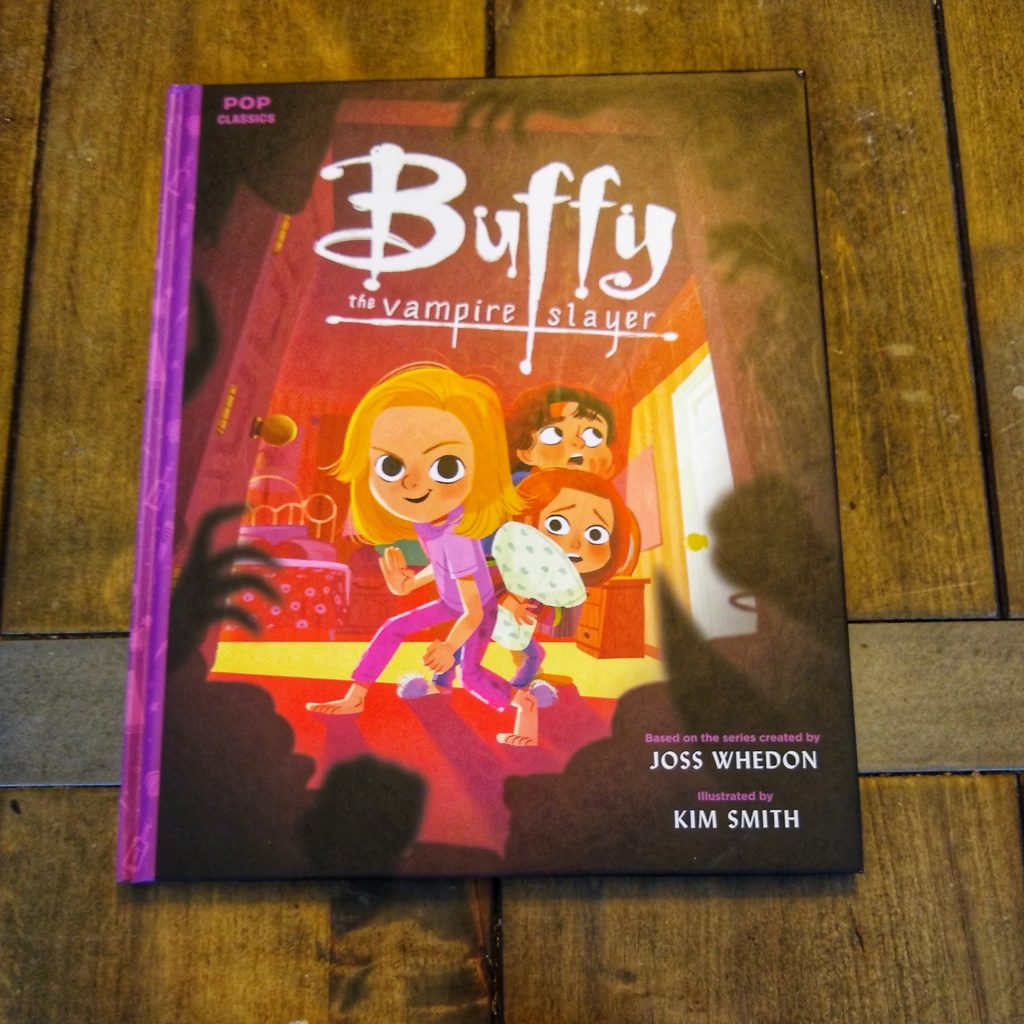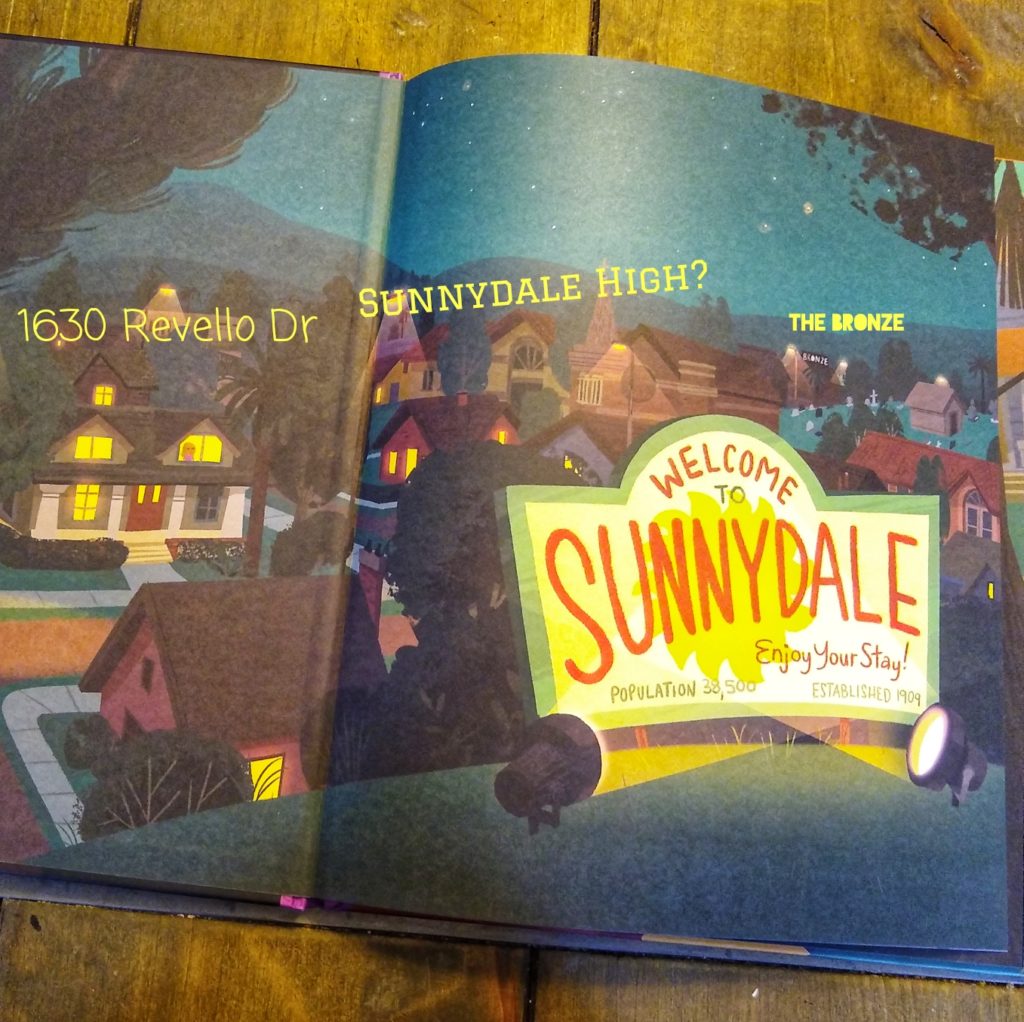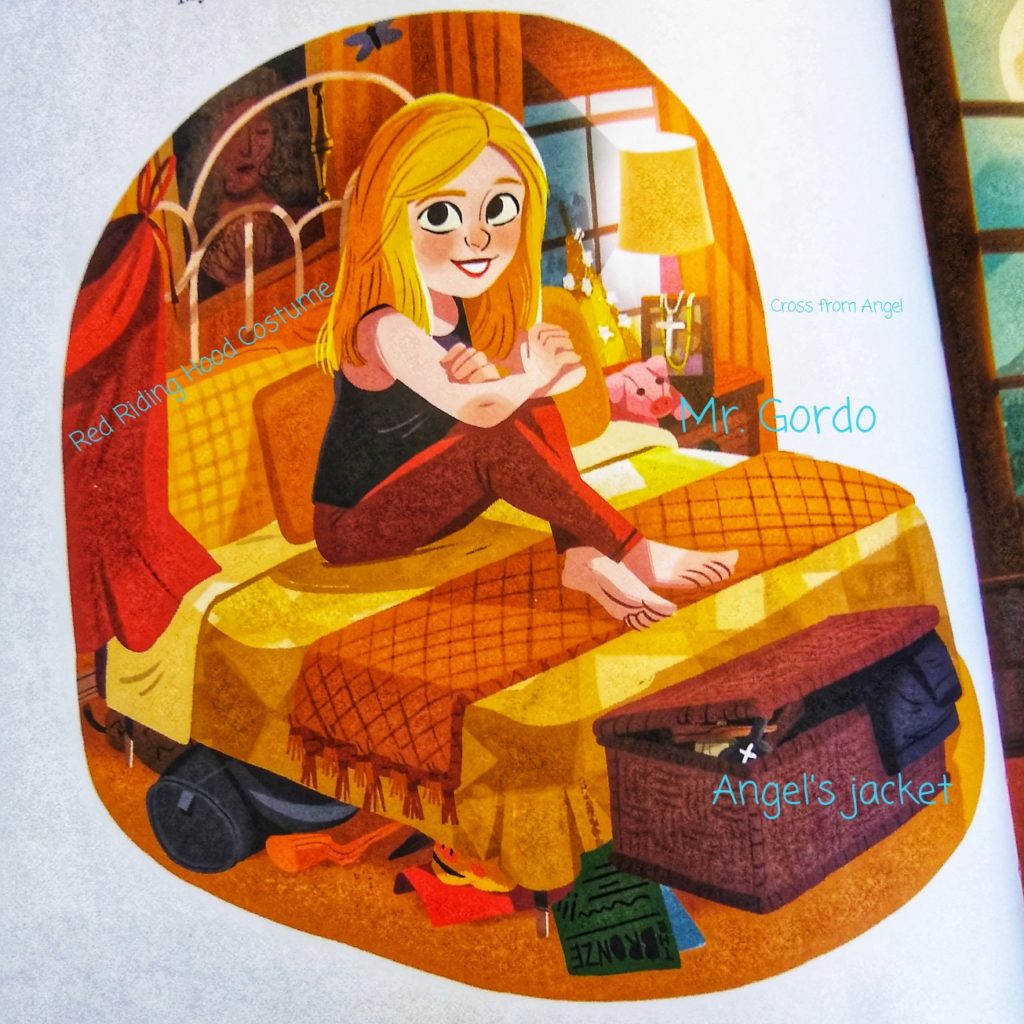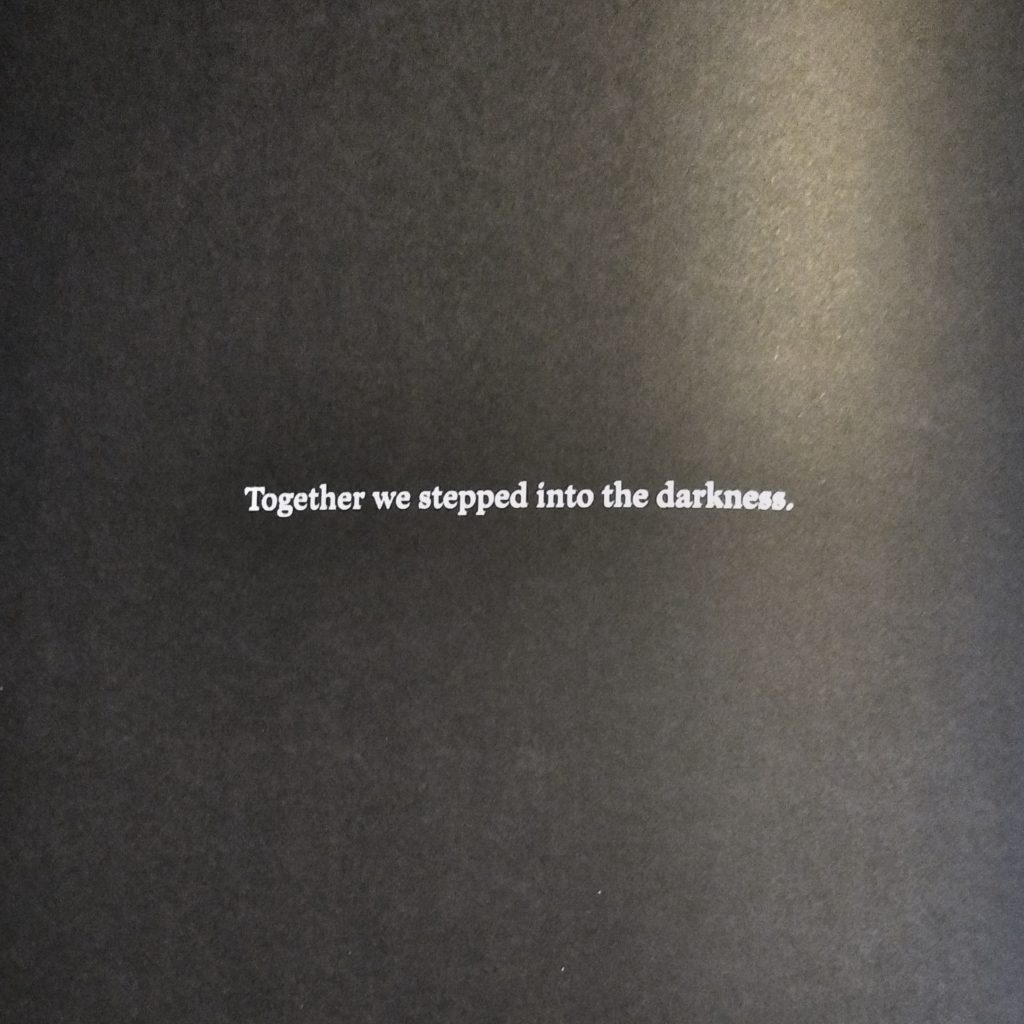It’s always helpful to check in with ourselves every once in a while, and I like to do it quarterly if I remember to. Let’s dig in and check out how I’m doing so far this year!
I selected PHASE as my word of the year, and I have to tell you, I completely forgot that I had done that. Life has been a whirlwind.
Here are the things I said I wanted to do/try this year:
- Embracing the PHASE energy.
- Really owning my Mer-Goth/#seawitchvibes aesthetic.
- Reading for pleasure more.
- Having a good time.
And here’s some notes on how those are going:
Embracing the PHASE energy: Woof. I have not done this! Oops! I mean, I’ve kind of done this. Let’s see… I’ve gotten pretty good about really taking advantage of my high energy moments and giving myself permission to rest during my low energy moments (I think this is what Lindsay Mack is talking about when she talks about expansion and contraction). But that remembering that these things will pass? That part I haven’t done a great job of. My kid is two, and that comes with some tough parenting moments. I haven’t been handling them as gracefully as I’d like; I mean that both in terms of being graceful with him, but also giving myself grace when I get frustrated. I’m working on this one. Making progress, though.
Owning my mer-goth/seawitchvibes aesthetic: This is hard when it’s cold out. My aesthetic right now is mostly “grad student/mom who hopes her clothes aren’t too stained.” My go-to outfit has been this dress over some black leggings, topped with a hoodie. Throw on whatever socks are clean and a pair of black New Balance sneakers, and I’m ready for sitting at the co-working space OR going to the mall or museum with my kid! Honestly, I’m bored with this look and really want to change it up. I don’t have a lot of money to do so, but I’m starting to need more looks for conference presentations and client meetings as I’m taking on some consulting work (yay!). Trying to find things in my budget that capture the whimsy that I want in my daily life and still looked polish is a JOB OF WORK, let me tell you.
Reading for pleasure more. I’m doing pretty well on this one. I’m a little behind my goal for the year but I know I can make that up quickly.
Having a good time. You know, at first thought I’m like, “I’m having a hard time!” But then I realize that I’ve been going to Silent Book Club and Retro Cinema, that I went to a Comicon, that I get to see my kid exploring new places, that I’m crocheting things and playing video games every once in a while, and I think yeah, on the whole, I’m doing a really good job with this one.
Other things worth noting: I have drafted two of my five comps chapters. I had an article accepted with revisions. I am taking on a consulting job. My kid is growing and growing. I’ll probably write another post in the next few days with more details about general life stuff, so keep an eye out.
How’s your year going?

